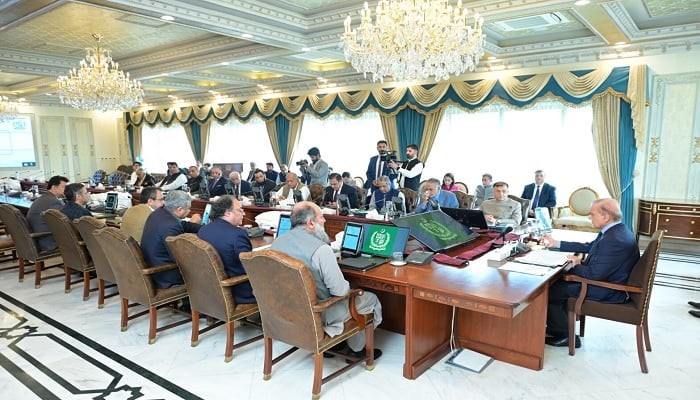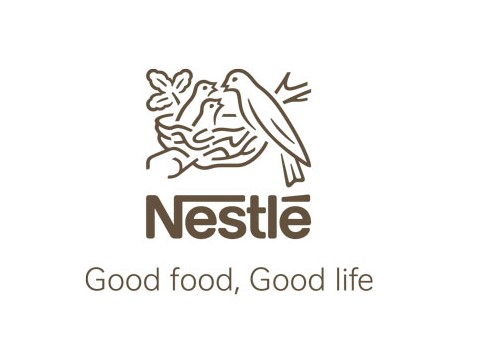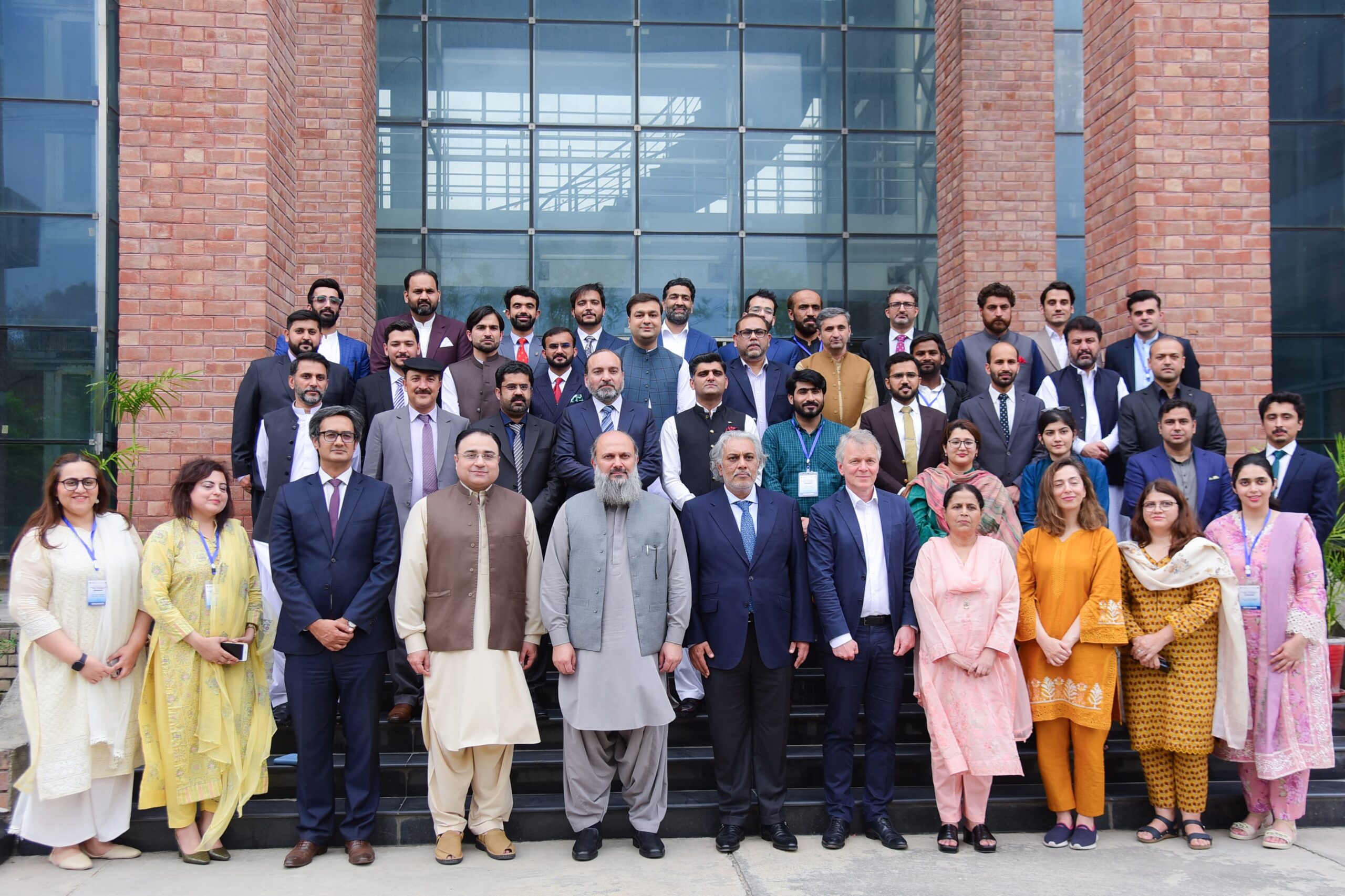Quarterly Payment Systems Report for the quarter Q1 of FY2023-24 is released by the State Bank of Pakistan (SBP), highlighting key advancements within the country’s payment ecosystem and providing an inclusive overview of digital transactional activities.
As of quarter-end, there were 33 Banks, 11 Microfinance Banks (MFBs), 4 Electronic Money Institutions (EMIs) and 5 Payment Service Providers/ System Operators (PSOs/PSPs) providing payment services across the country. In addition, Real-time Gross Settlement System (RTGS) and Raast – an instant payment solution, both operated by SBP, further enrich country’s payments infrastructure. Moreover, 16 banks and MFBs extended their offerings to Branchless Banking (BB) services thereby expanding the accessibility of the financial services.
Regarding digital platform users, there were 17.0 million mobile banking users, 10.3 million internet banking users, 2.4 million e-wallet holders (issued by EMIs) and 61.3 million m-wallet holders (issued by BB service providers) by the end of quarter. Alongside this, there were 54.3 million payment cards issued to the customers of which 79% were debit cards, 17% were social welfare cards and 4% were credit cards.
The share of digital payments in retail transactions of banking system increased to 80% during the quarter in comparison to 74% in the same quarter of last year. While share of over-the-counter (OTC) transactions was 20% in retail transactions this quarter, its share by value was 87% indicating customers’ preference of OTC channel for higher value transactions.
In terms of volume, Large Value Payments (LVPs) settled by RTGS was 1.4 million amounting to PKR 199 trillion, whereas, retail transactions processed by banks, MFBs and EMIs during the quarter was 702 million with value of almost PKR 134 trillion. Retail transactions mainly comprised of funds transfers (37%), cash withdrawals (36%), purchases at POS & e-commerce platforms (10%), bill payments & mobile top-ups (7%), cash/cheque deposits (7%) and 3% rest of the payments. Funds transfers was the most prevailing transaction on digital channels by volume, while on OTC, cash/cheque deposits was the most prominent transaction mode.
All these retail transactions were facilitated by the payments network provided by the banks, MFBs and EMIs. This included a network of 17,768 bank branches, 18,117 ATMs, 118,444 POS terminals and 7,310 registered e-commerce merchants (with banks/MFBs).










